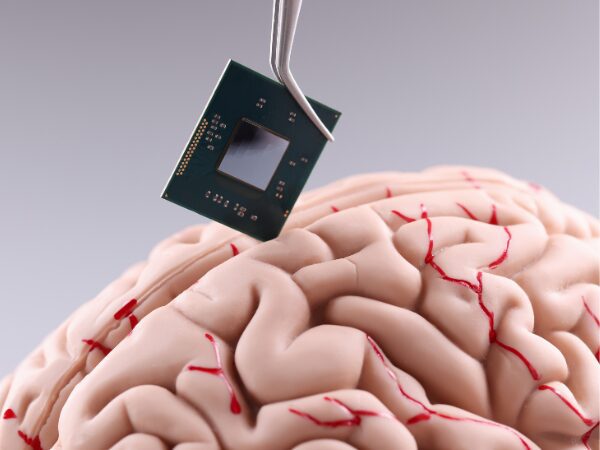The Role of Brain-Implanted Chips in the Future
Will brain-implanted chips be a norm in the future? In this article we explore the development of...

“Clean label” is a marketing concept that has emerged in response to consumer expectations for greater transparency, simplicity and naturalness in the food products they buy and consume on a daily basis.
This trend aims to provide consumers with products whose labels display ingredient lists that are as short as possible, simple and whose ingredients are easily recognizable and identifiable. The term “clean label” is not regulated, but the presence of nutritional claims and nutritional labelling are now of prime importance in meeting the demands of consumers looking for a diet that respects their health and well-being.

Manufacturers face a number of challenges when developing and producing “clean label” foods and beverages.
“Clean label” products are formulated with fewer ingredients, including none (or as few as possible) of the following: additives, artificial preservatives, GMOs, antibiotics, etc.
Eliminating these ingredients then requires the development of new formulations incorporating natural substitutes, or the development of production technologies enabling manufacturers to obtain a product with the same nutritional and physicochemical functions, but with interesting organoleptic properties, without ingredients of artificial origin.
However, it is often very complex to reconcile nutritional properties, physicochemical properties, microbiological stability and organoleptic properties by referring to existing data in the literature.
Faced with the challenges mentioned above and the complexity of bringing together all the conditions required to achieve the “perfect” product, a great deal of research and development work has been initiated in the food industry, focusing in particular on two aspects:
This R&D work may give rise to projects eligible for the Scientific Research and Experimental Development (SR&ED) tax incentive program.
At Leyton, with our experience of working with Canadian companies in the agri-food sector, our team is perfectly equipped to help you prepare your SR&ED tax credit claims.
Sources:
https://gfs.ca/fr-ca/ideas/quest-ce-que-le-concept-marketing-clean-label/
Explore our latest insights
More arrow_forward
Will brain-implanted chips be a norm in the future? In this article we explore the development of...

Writing a grant proposal is a difficult task for business owners but it is a task that should not...

The new clean investment tax credits have the potential to make a significant impact on Canadian ...

What's next in the world of business funding? We've analyzed the data and discovered the emergenc...